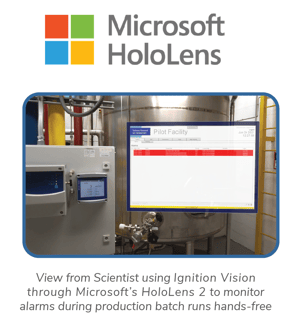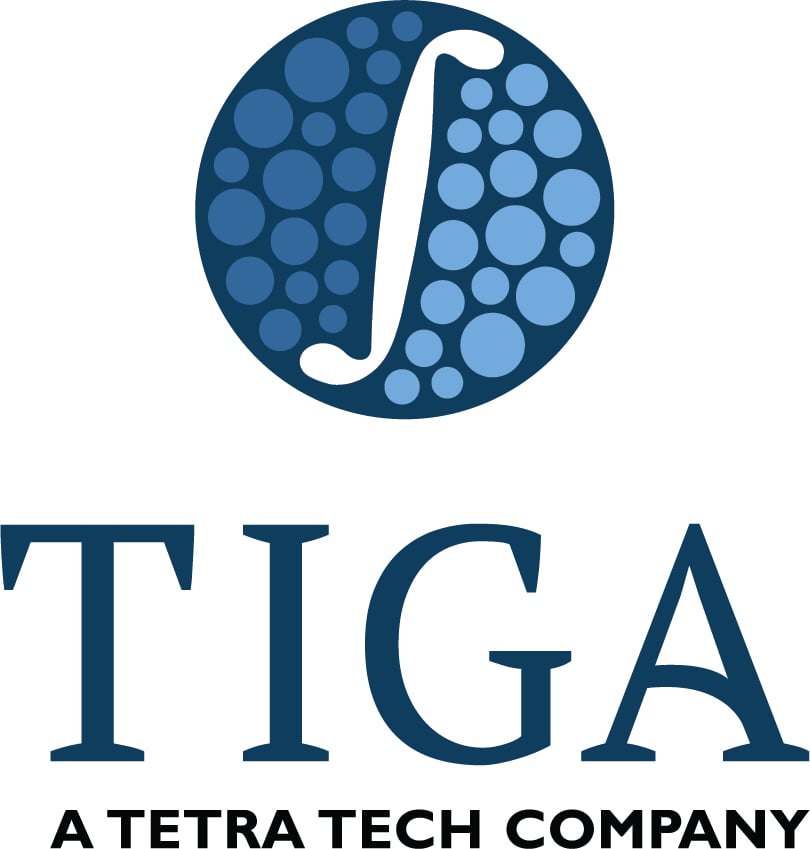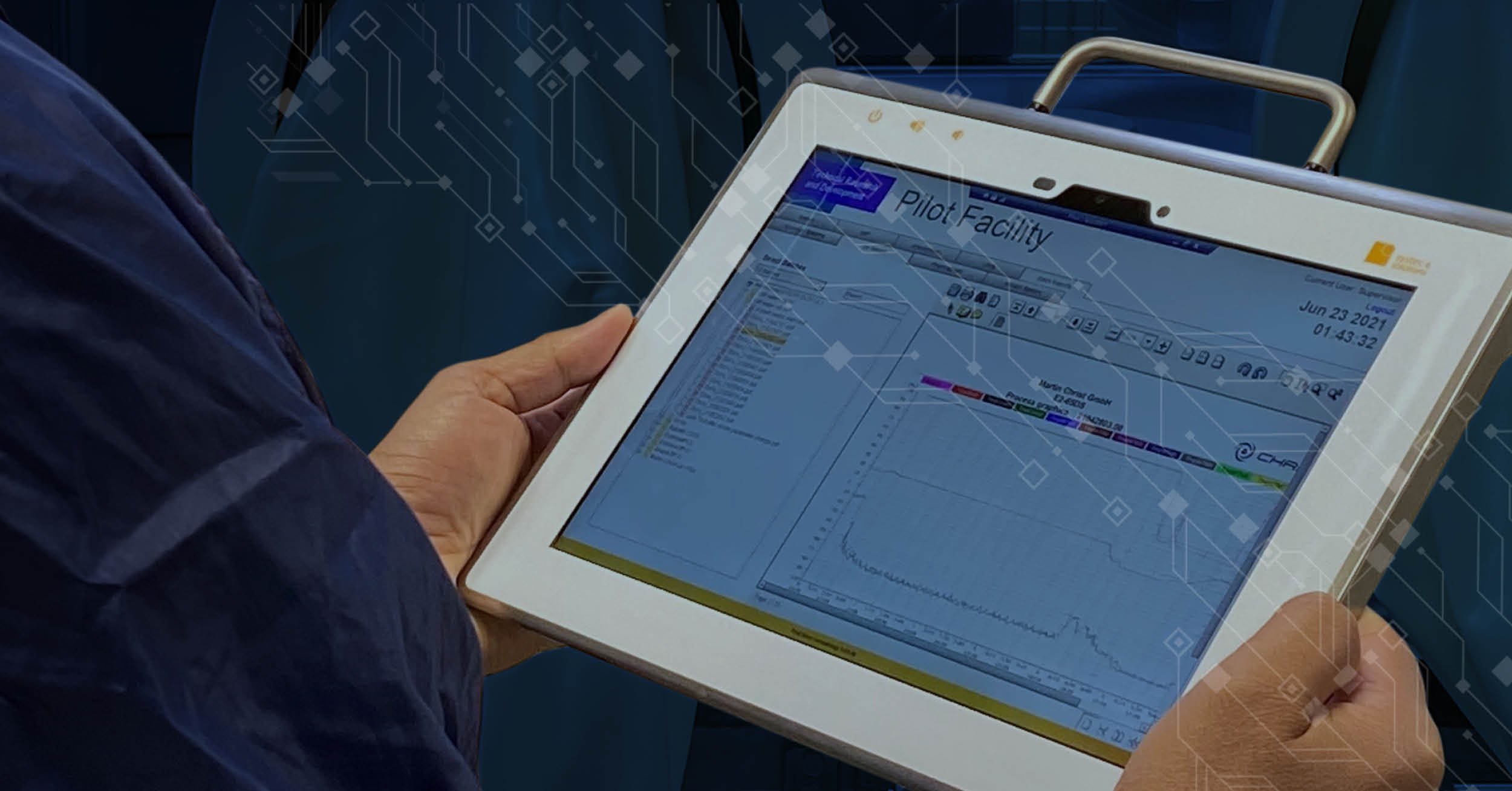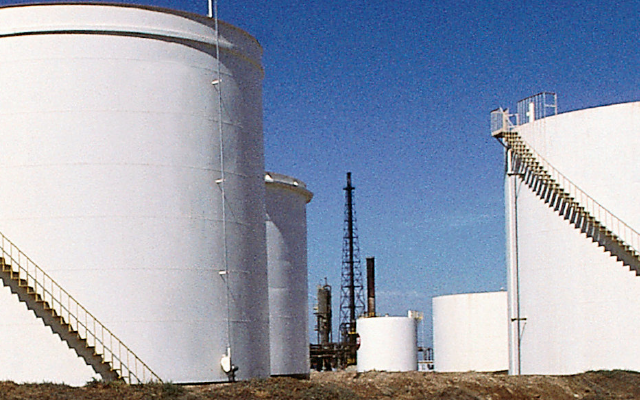Challenge
A leading pharmaceutical manufacturer was experiencing emergency data loss from their Nano Variable Particle (NVP) devices across 55 rooms at their Dallas, Texas campus. The manufacturer did not have high enough resolution data to meet stringent FDA guidelines that regulate their manufacturing processes, specifically FDA regulation 21 CFR Part 11.
The manufacturer needed a Texas-based Premier Ignition Integrator, so they contacted TIGA. TIGA quickly assessed the data loss from the NVP devices and found that the air particle data measurements consisted of 3–4-minute gaps. When analyzing the gaps, TIGA engineers realized that the data history had hit its limit, causing a delay that was not revealing the most current data. Instead, the data was rotating a thousand previous records and not maintaining the most up-to-date batch reports.
While rectifying the rotating data issues, TIGA came across incorrect metadata that hindered NVP devices from controlling and collecting data properly because the script was splitting the character. Lack of real-time data made setting an alarm system unavailable. Chemists had to retrograde their data from the day to determine which mixtures and fulfillments to scrub that were not in compliance with FDA regulations, record the information, and produce the required batch reports.
Lack of real-time data made setting an alarm system unavailable. Chemists had to retrograde their data from the day to determine which mixtures and fulfillments to scrub that were not in compliance with FDA regulations, record the information, and produce the required batch reports.
TIGA Solution
Within 2 days, TIGA was able to assess the data loss issues and identify the causes. TIGA executed the control system engineering, design, programming, and installation for a new Water for Injection (WFI) system.
To rectify the data gap issues, TIGA cleared the transactions and upgraded the full SQL database. TIGA set the index record back to collect current records. As a result, NVP devices now measure the particles in the air in one-minute increments as medication is filling.
Documentation was updated to reflect the new metadata code needed to rectify the broken function in the original script which was causing the data control and collection problems.
TIGA and the manufacturer’s engineering team worked in partnership to design, supply, and install a closed looped control panel that was then integrated it into the plant’s Ignition SCADA system. The pharmaceutical manufacturer’s SCADA system can now measure the particles, start and stop the NVP devices, generate batch reports, record and send the information to a central database, and read real-time in Inductive Automation’s Ignition.
TIGA was able to configure an alarming system to immediately notify chemists of the air particles. The corrected errors and newly implemented processes allow chemists to quickly scrub mixtures and fulfillments that do not meet FDA standards, which results in less downtime.
Value Delivered
By hardening the client’s Ignition SCADA system, TIGA was able to deliver the consistent and accurate data needed to provide batch reports to the FDA for compliance. Enabling an alarm system has removed the need for backtracking data. Operational processes are more efficient due to real-time notifications, allowing chemists to make decisions immediately.
The net result was a project delivered on time, and under budget, with enhanced functionality. TIGA is continuing their work with the pharmaceutical manufacturer by providing support and working on continuous improvement projects to the client’s mechanical control and SCADA system.
 Using augmented reality for global collaboration
Using augmented reality for global collaboration
The data problem presented during the height of the COVID-19 pandemic. Since much of the technical knowledge on the plant resides with the German-based engineering team, TIGA leveraged its expertise with innovative technologies to implement an augmented reality tool to improve collaboration and knowledge transfer.
By integrating Microsoft HoloLens with the plant’s SCADA system, the overseas team was provided an immersive experience to
better understand what was going on in real-time in Dallas. This cutting-edge technology provides realistic holograms, interactive whiteboards, and allows engineers to solve local problems, remotely. The augmented reality tools allow people halfway across the world into the pilot facility to continue to improve the systems. Even as global lockdowns are starting to loosen, this technology will allow the team to reduce travel significantly.




 Using augmented reality for global collaboration
Using augmented reality for global collaboration

